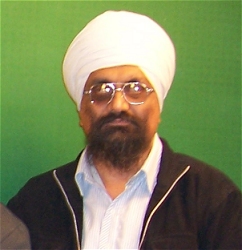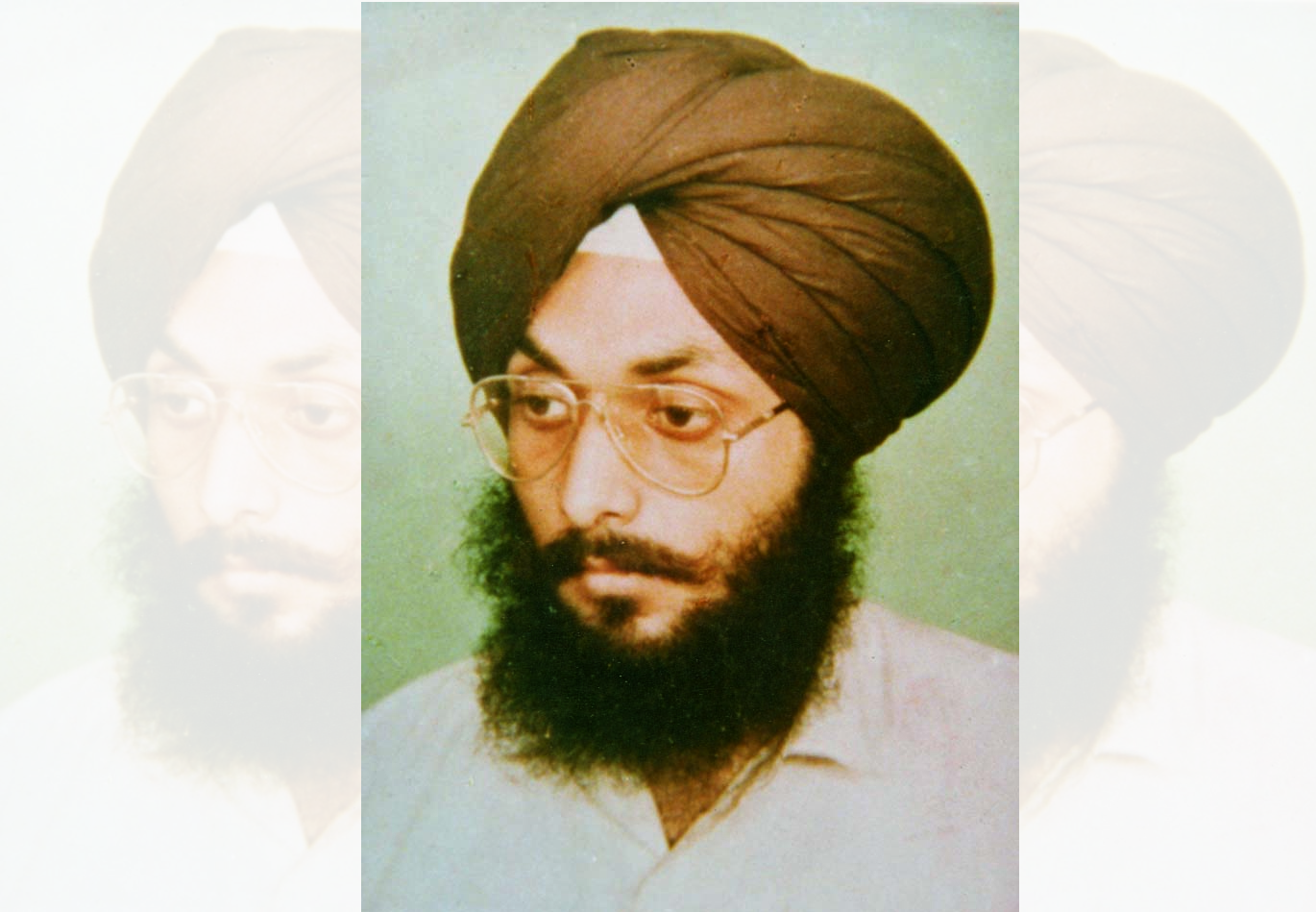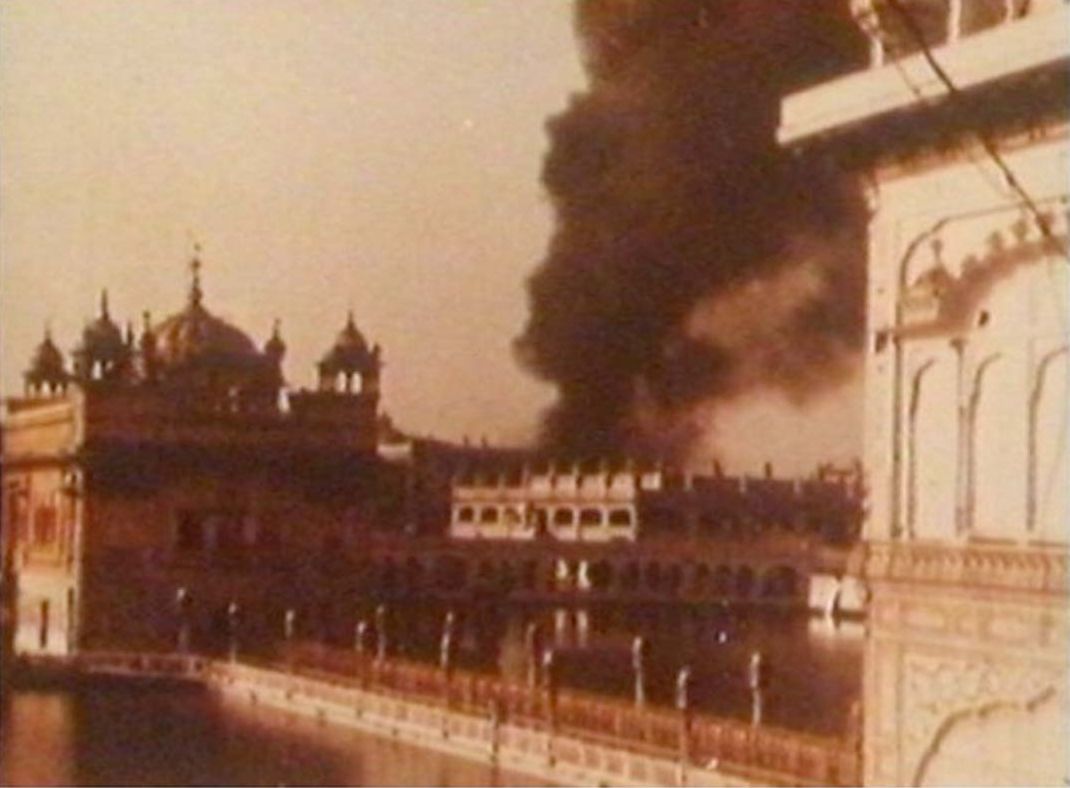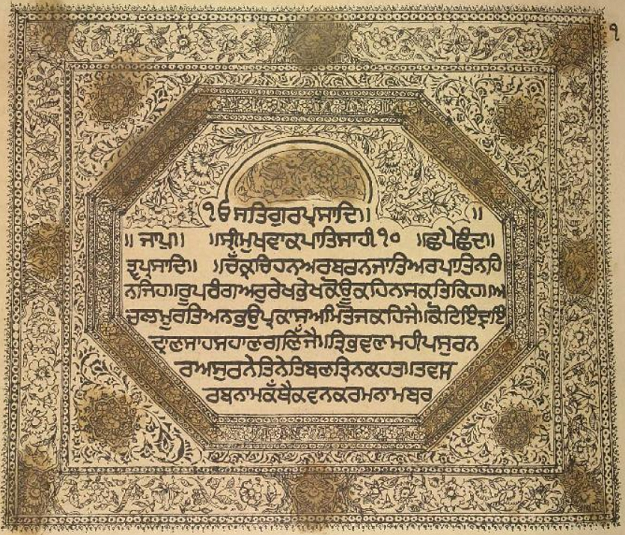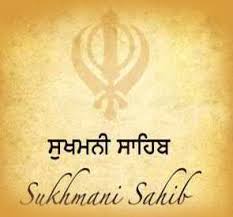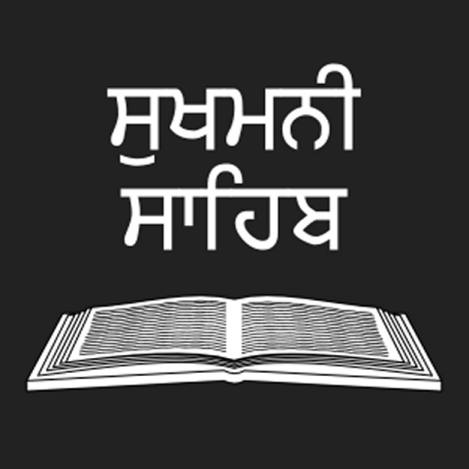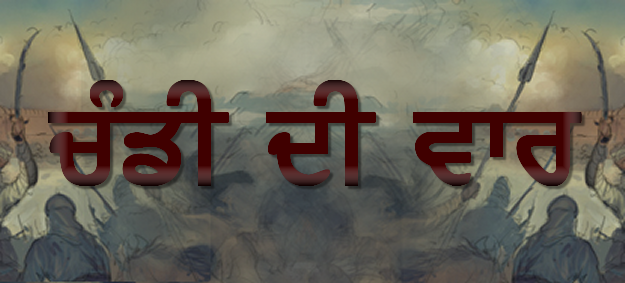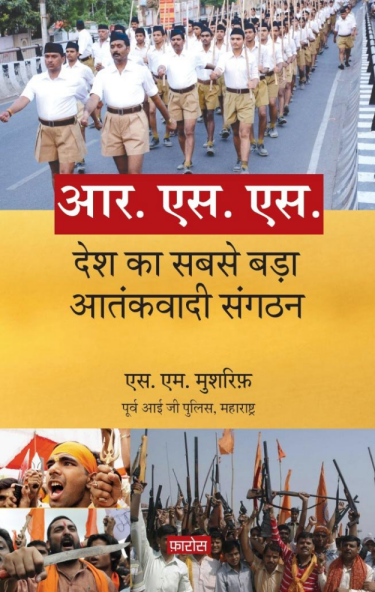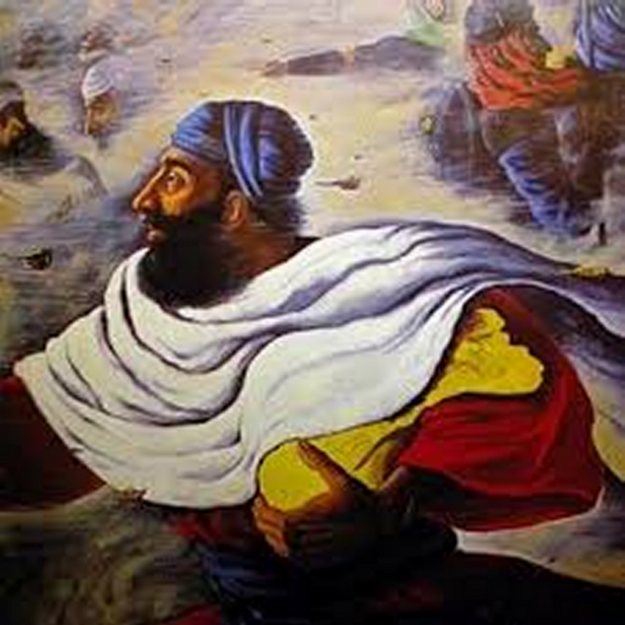
(KP) - Chapter 11 – Part 1
First Sermon
In the past, the road which went to Delhi from Lahore crossed the river of Beas where Goindwal is situated. It went as far as Sultanpur on the way towards Delhi. There was a village named ‘Neshta’ at about 12 miles walking distance from Lahore. At present, if we go to Amritsar from Lahore, we get to the station named Atari Railway Station, and on the left side is the city of Atari. A little further on the right is Neshta! The road of Lahore and Delhi ran parallel to this village. At that time it was used as a place to load off military forces and passengers. And today, Guroo Nanak Dev Ji’s Sikhs were going to stop at this place to rest. The carts from Jaipaal have arrived here first, and they are carrying tents, floor-mats, bedsheets, and other supplies. All of this was arranged by Bhai Saen, a few other loved ones and some servants. They had approximately double the supplies they needed. Here this is what they had planned. First the carts go ahead so they can start putting the tents at the place where they had planned to rest. The rest of the Sangat comes following them on bullock-carts and chariots. Before their arrival, tents should be placed, preparations for food should almost be done, and water, wood, grass, food ready for the animals, and milk would be available. Thus the sangat can come and take places in their tents upon arriving. Other people and lees crucial supplies which were left behind would then leave on the other carts and make a stop at the next resting place. Bhai Gajjan Uppal had taken this responsibility. Bhai Dunni Chand and some other sangat members were to arrive on on some bullock-carts and chariots along with other miscelaneous supplies.
Bhai Saen, Gajjan and Dunni Chand were so happy and excited for getting Guroo Ji’s sight. Thus they had prepared for twice the needed supplies because they had planned to stop at three different places so that other Sikhs who wanted to go along could also join them. They longed seeing Guroo Ji and wished to arrange that as many others see him as well. Hearing the big news of the Guroo's arrival, other sangat of Lahore also started to join.
At times the sangat would take seats along with the supplies on the carts so that they may do all the preparations themselves upon reaching their destination. In the summer season, people would travel in the early morning hours then stop for rest before the sun reached its zenith. They would take travel again for 4-6 hours before t sunset. At night they would then stop at another place to rest and eat. The places where people stopped were well planned. Empty land was reserved ahead of time for people and carts to stop at. Also, wells were dug not only at these places, but also every 2 or 3 miles along the roads. At the places of rest, there used to be small tubs where animals could be fed with food and water. There were makeshift markets run people who made sweets and other foods. You could also get milk, yogurt, molasses, sugar, flour, pulses and food for animals from these places. The villages which had these places for people to stop at became profitable and happy as they always had supplies ready to sell to the travellers. Some stops along the way even had rooms for people to stay. These places also had the ususal food and sweet sellers. The remaining of the rest houses can still be seen today.
Jaipaal, a nearby town was designated as the first stop so that people who left late could meet up. And today, the second stopping place for Guroo Nanak’s sangat was at Neshta. Bhai Saena had cleaned the place up and placed the tents. Those who were in charge of the preparations asked individuals to stop cooking their own food. Anyone could eat what was prepared or take whatever he needed. This is the love that all three of them shared.
At that time people looked at Guroo Nanak Dev Ji’s Sikhs with amazement. Witnessed the Sangat’s gathering somewhere, their admiration would grow immensely. Their practice of waking up early at morning, reading Guroo’s Bani, how affectionately they met each other, how they helped each other and treated the rich and meek equally, how they did good deeds for the humanity, showed mercy upon both Hindus and Muslims, spoke the truth regardless of the trouble it may cause them, and sang Bani in such a melodious manner that even the birds would stop singing made others look at these Sikhs with respectful astonishment. But the practices of being openminded about who to share food with, cooking food without any ritual practices, eating with others from the same place, total disbelief in idol worship, fasting and other ritualistic practices put them at odds with many. When the sangat made their stop at Nashta, people from the village came and were shocked when they witnessed how all the food was being prepared by all irrespective of caste and that everyone was eating this same food together. Some who knew about greatness of Kirtan of Gurbani were coming there to listen to Kirtan sung by Gursikhs. Unfamilliar with the equality in the Guru’s langar, the meek, poor and people of other lower castes were sitting at a distance in anticipation of eating the leftovers at the end. Everyone had their meals early in such a big gathering of people, so that they could go to sleep on time after doing Rehraas and listening to sermons ready to wake early at dawn and and be ready leave for their destination.
People were eating Parshaad when about 10 to 15 other Gursikhs came from Lahore. These people had returned today after being on the road for some time. At that time the Sangat had left from Jaipaal already. When they heard the news that the Sangat had left, they leased some good horses and took off in hopes that, if not in Jaipaal, they could meet up at Neshta. They managed to reach there on time. People there were amazed having witnessed the kind of love Sikhs shared with each other.
After they parook of Guroo Ji’s blessed food, which Guroo Sahib in a blessing named ‘Prashaad of VaaheGuroo Ji’, everyone gathered under the main tent. First they read the verses of Sodar and then those of Rehraas, which at that time only included the Shabads of the first Guroo, Nanak. After doing ardaas they all seated again so discussions about the virtues of the true Sangat could take place. At that time a Sikh of Lehnda, who had been living in Lahore for some time started to speak in the mixture of his own language and Lahore’s dialect:-
"Dear Sadh Sangat Ji! I have been a Sikh for some time of Guroo Baba Nanak, who people call Nanak Tapaa, and who is truly God himself. My heart was in sorrow when I heard about the departure of Guroo Baba. But what power do we hold in front of the Baba of God! I thought that I should go have the sight of the one who Guroo blessed to take his place but then I heard that he isolated himself and that no one knows where he is located. When today I heard that he had manifested himself and that the Sangat from Lahore is going to get the sight of Guroo Baba. my heart rejoiced. However when I came back to Lahore I was disappointed to find out that the Sangat had already left. But these Sikhs who were eager such as me should be blessed. They all got together and rented horses and left together and brought me along. I feel blessed for having the company of Gursikhs here and hopefully I will be able to get the sight of Guroo Ji too. Can some beloved of the Baba tell us who this blessed Maae Veraae is, at whose house the Guroo has become apparent. She must be some highly blessed deity or God’s blessed beloved who served Guroo Ji for six months. So can some Gursikh please tell us of Maae’s virtues. Let this be the topic of Sangat today. I have heard the Siddh Gosht of Guroo Baba and it refers to those blessed by Guroo as Gurmukh. So Maae and her husband must both be Gurmukhs.
nwnk gurmuiK auqris pwir ]1]
naanak guramukh outharas paar ||1||
O Nanak, the Gurmukh is carried across. ||1||
Please tell us stories of these Gurmukhs so my inner and outer self could become peaceful."


